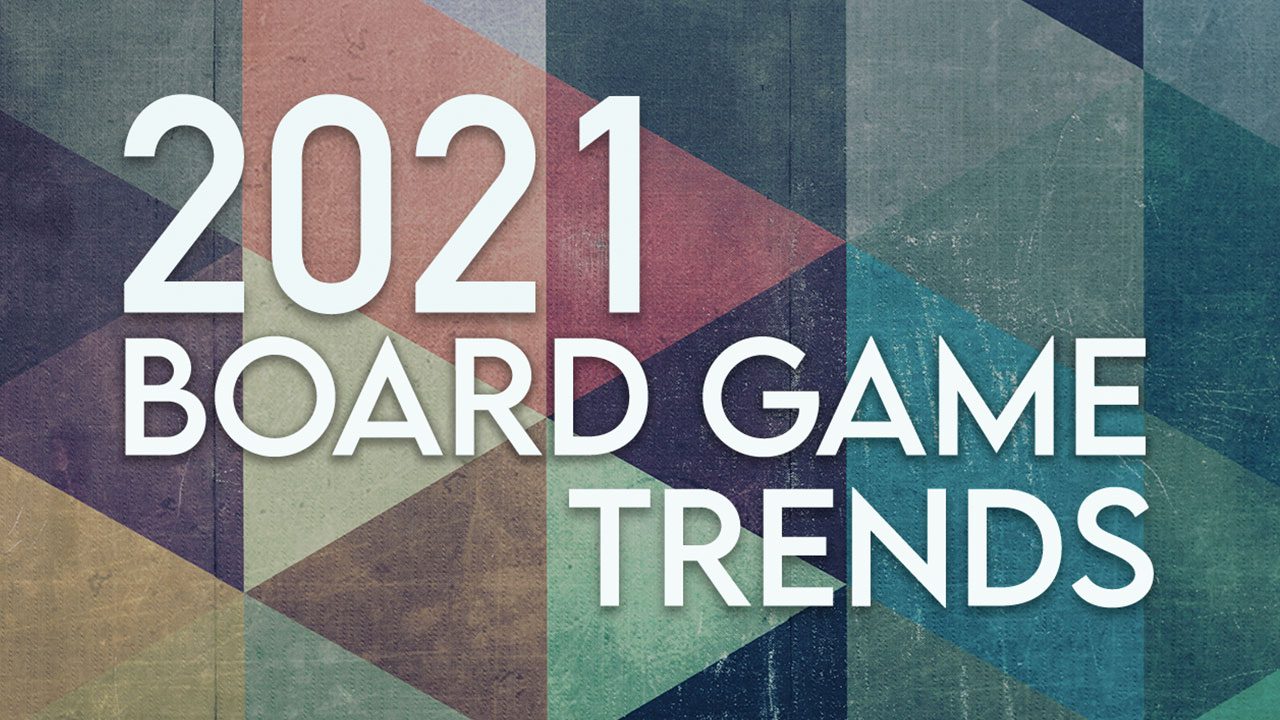2020 was something else. Social distancing due to COVID-19 caused some game groups to go online, cancel the fun, or play through masks. It was also a year of racial reckoning and political chaos.
The funny thing is, this is all pretty well represented in the state of board gaming today when you look at the numbers.
With the exception of Twilight Struggle, all the games in the current top 10 entered this tier within the last 5 years. The volatility in the top 10 may be due to the increase in the number of games being published each year, resulting in more competition.
When Monopoly was released in 1933, less than 100 games came out that year. Now, over 4,000 games are being released every year.
Even with this macro trend, there were nearly 400 fewer games released in 2020 (4,295) compared to the previous year (4,684). This could be explained by a reporting lag, or it could be a COVID-19 dip. Time will tell.
The last time there was a decrease year over year was a decade ago in 2008, which is the year Pandemic was released. Weird context not intended?
Regarding gender and racial representation, we still have a long way to go in the board gaming industry. For instance, in 2020 Analog Game Studies analyzed the rulebooks of the top 40 games on BoardGameGeek. They found 73.8% (1,107) references to “he” and 26.2% (392) references to “she.”
Representation in cover art tells a similar story. In 2018 Analog Game Studies analyzed cover art for the top 100 BoardGameGeek games. Author Tanya Pobuda puts one of the harshest findings this way:
“As a consumer of the Top 100 BGG games, one would be slightly more likely to see an image of an alien or barnyard animal (horses, sheep, birds, dogs) than one would be likely to see board game cover art with a woman.”
Women were underrepresented, but also people of color. You are nearly 6 times more likely to see a white person on the cover of a board game than a non-white person according to this analysis.
In the same study, it was found that among the board game designers of the top 200 board games on BoardGameGeek in 2018, a towering 93.5% were white males.
Obviously there is more work for both our society and the board game industry. May we enter 2021 with the benchmark of the past as context, and our actions as the driving force for more representation in board gaming. Happy new year!








